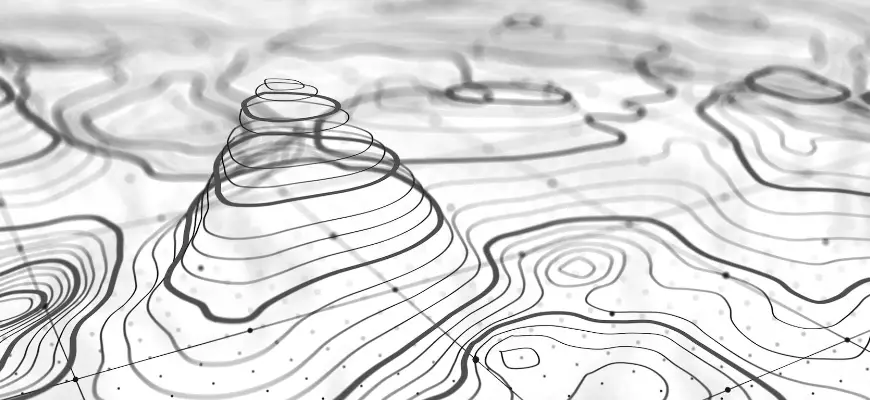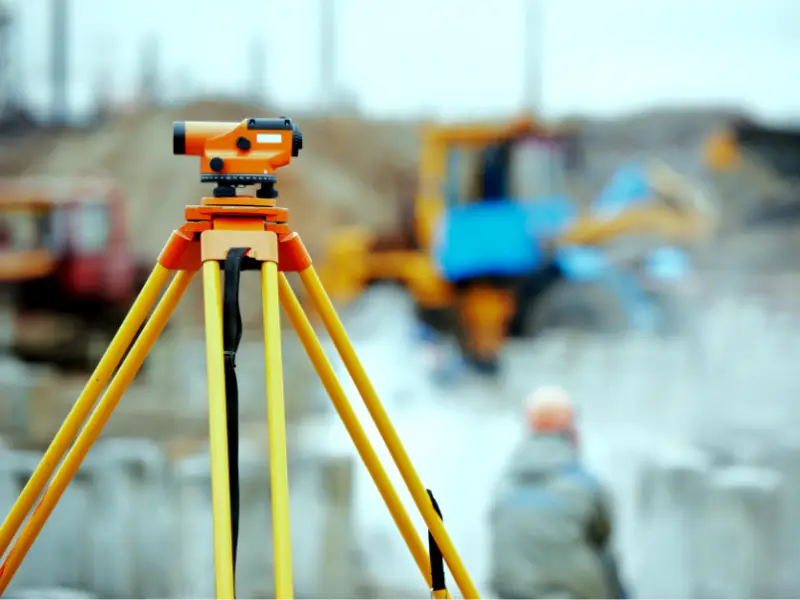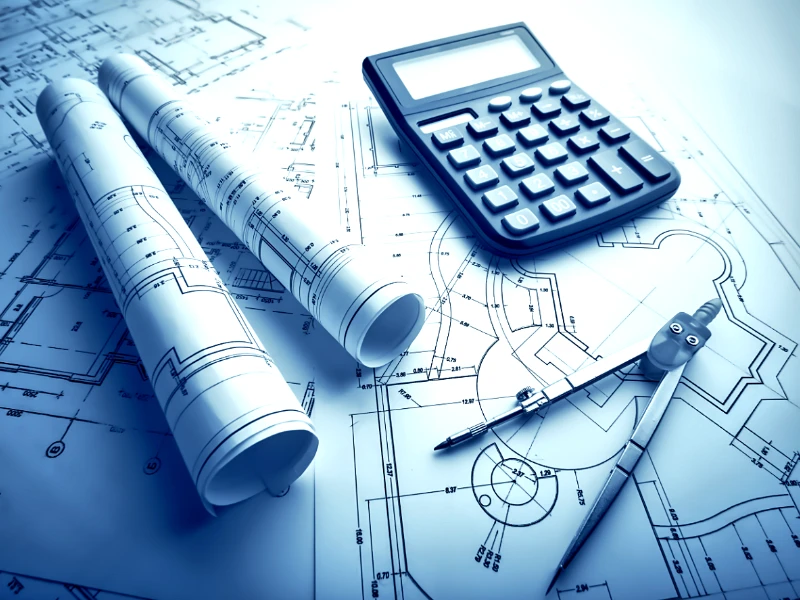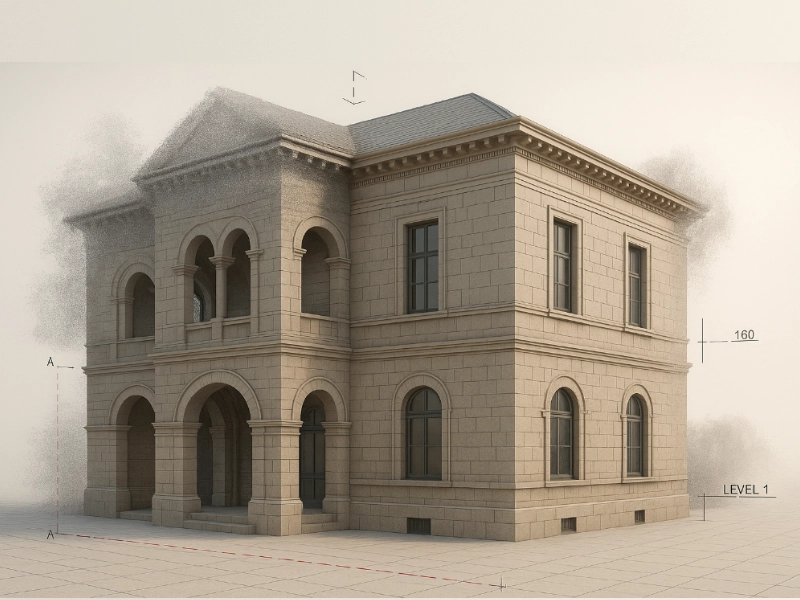
Do you ever wonder how modern maps are created? Since they are so precise and detailed; it’s important to understand how they are developed.
In old times, the processes of surveying and creating maps were dependent on laborious methods. Naturally, that would not only take a lot of time to create a map but there were also chances of collecting inaccurate data and utilizing it for various applications.
Thanks to technological advancements, the field of surveying sees interesting transformations every now and then. We are happy to report that such innovations not only improve accuracy but also get the jobs done more efficiently.
In this article today, we aim to explore how technology is changing the landscape. Let’s dive into it together!
The Use of Drones in Surveying
The use of drones in surveying has remarkably revolutionized the way things are done on the ground. Drones are also known as unmanned aerial vehicles (UAVs). These vehicles allow surveyors to conduct surveys even in those areas that are not accessible. The bird’s eye view is something that wasn’t impossible back in the day. However, with the advancement in the field of surveying, professionals enjoy improved methods of conducting surveys and more. Now, let’s understand how drones really work when it comes to surveying!
Drones or UAVs are equipped with high-resolution cameras and GPS systems. These cameras and GPS systems capture highly detailed imagery as well as data from all sorts of areas. And all of this is done in a timely manner so, that the surveyors don’t have to face any time constraints while they are in the field. We will share an example to help you guys understand how things are done with the help of drones.
So, let’s say there’s a large-scale construction project going on and the stakeholders wish to get a quick update on the progress. In the past, the surveyors would have to arrange on-ground equipment to share data with the concerned teams. Such things did not only cost a lot of money but were also time taking; ultimately impacting the project’s timelines. Drones, on the other hand, offer quick and efficient surveying along with highly accurate data even from vast areas. In addition, drones also facilitate surveying in hazardous areas.
The Use of LiDAR in Surveying
Like other fields, surveying is being revolutionized as technology continues to advance over time. Another technology that is used to conduct meticulous surveys is LiDAR or Light Detection and Ranging. Let’s try to understand what this technology really does in the field of surveying!
Laser pulses are used in LiDAR systems that measure distances and then create accurate 3D models of the landscape. LiDAR has proved to be instrumental when it comes to large-scale surveying such as forest management, flood modelling, etc. LiDAR won’t only allow surveyors to study a landscape but also help professionals predict potential risks and environmental changes.
LiDAR systems aid stakeholders in various applications such as infrastructure development, environmental conservation efforts, archaeology and more.
Related: Lidar vs Laser scanning
The Use of GIS in Surveying

The Geographic Information Systems (GIS) have completely transformed the field of surveying. And here is how: GIS offers to capture, store and analyze geographic data that allows professionals to study patterns and relationships in spatial contexts.
By incorporating GIS, the users can overlay data using multiple layers to understand it in a better and more practical way. For example; you can visualize roads, population density, vegetation and more in just one consolidated map.
It is safe to say that GIS is an indispensable tool to collect invaluable data. This technology not only offers a comprehensive study of data but has also improved the process of decision-making which is crucial for all sorts of developmental projects.
Moreover, GIS also enables the stakeholders to be fully prepared for natural calamities and disasters such as floods, earthquakes, etc. The professionals don’t only get to predict the outcomes of such disasters but can also work on disaster response and restoration projects.
Having said that, multiple other technologies are being utilized in the field of surveying. For example; Virtual Reality (VR) and Augmented Reality (AR), Artificial Intelligence (AI) and Machine Learning, Cloud Computing, Real-Time Kinematic (RTK) GPS as well as mobile mapping. All these technological innovations have been instrumental in conducting surveys, collecting data and executing projects accordingly.
If you’re working on a surveying project and require professional assistance, we urge you to get in touch with our teams today!




